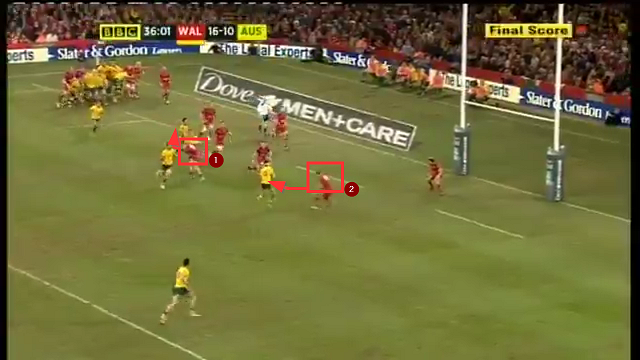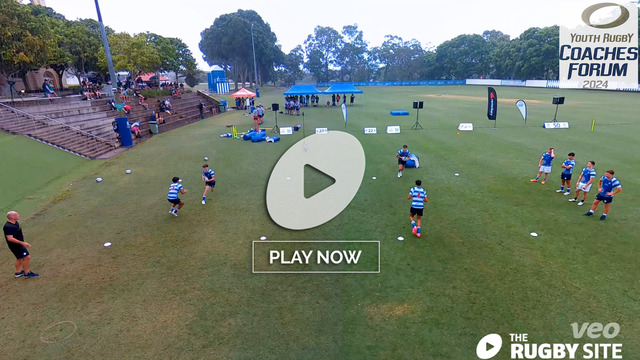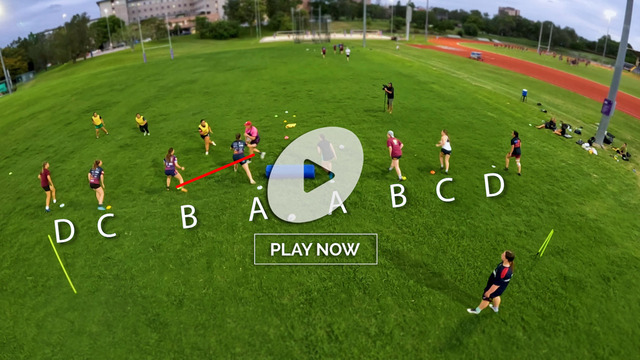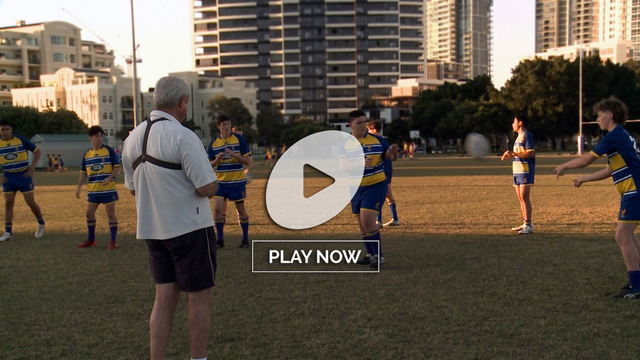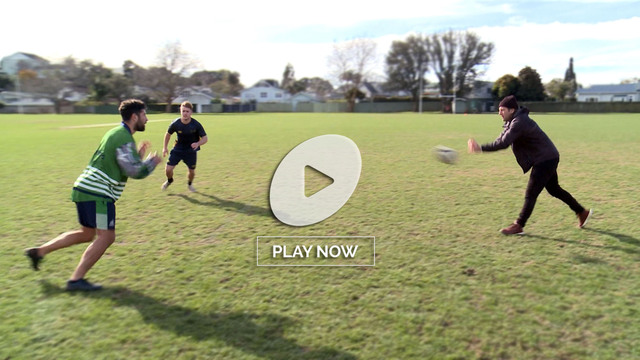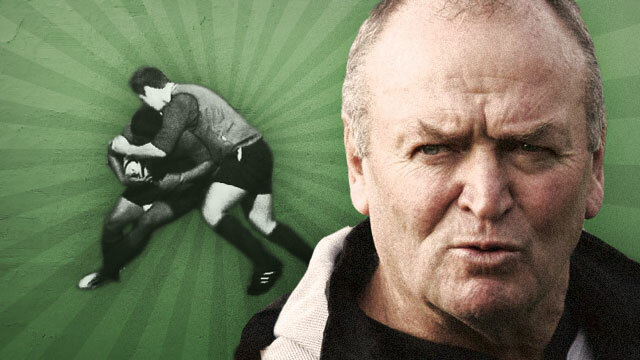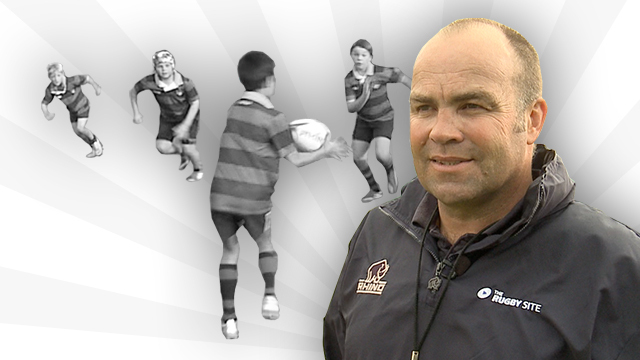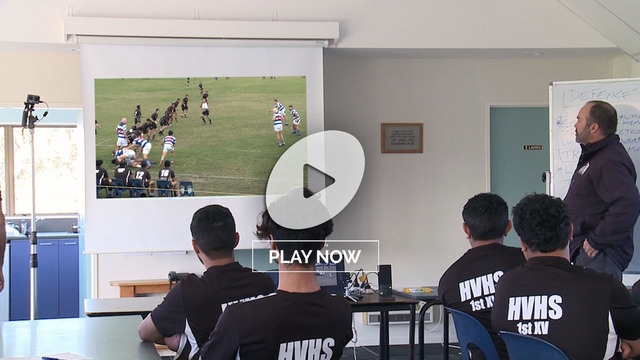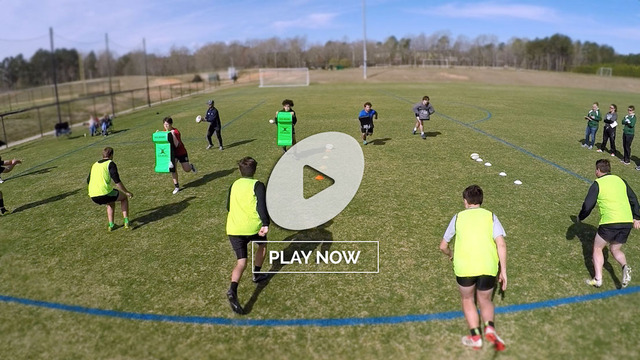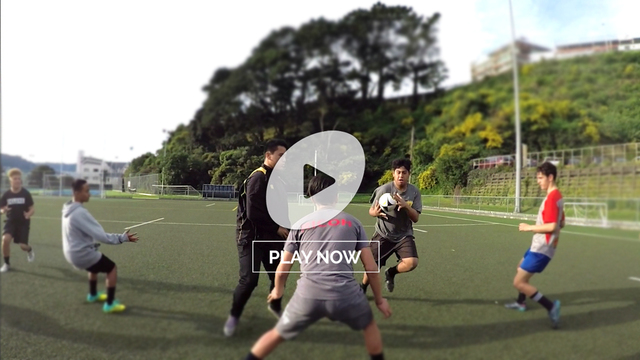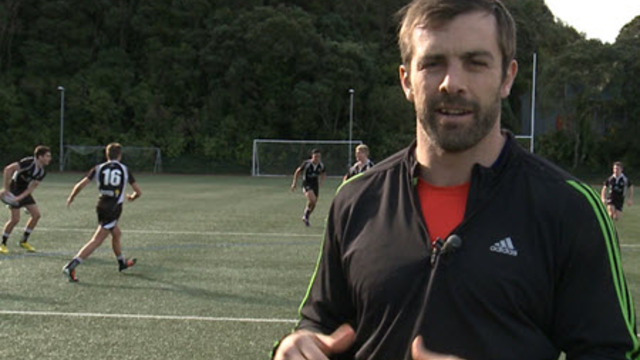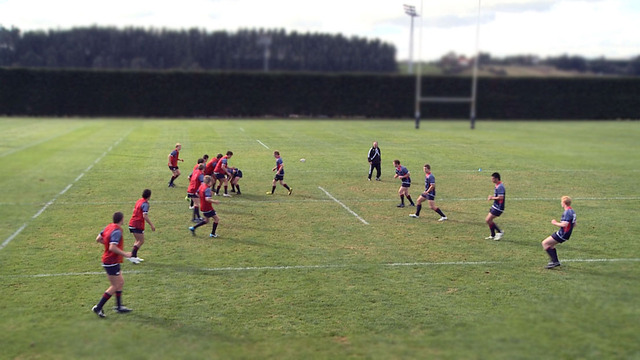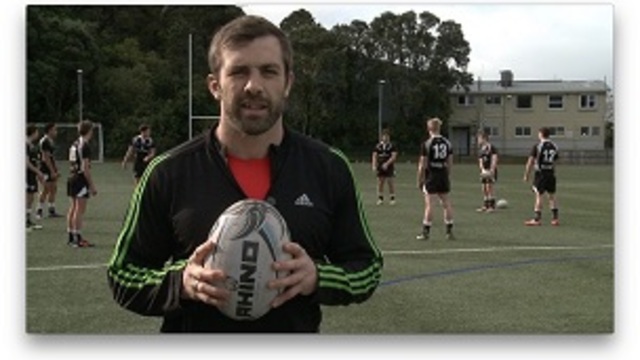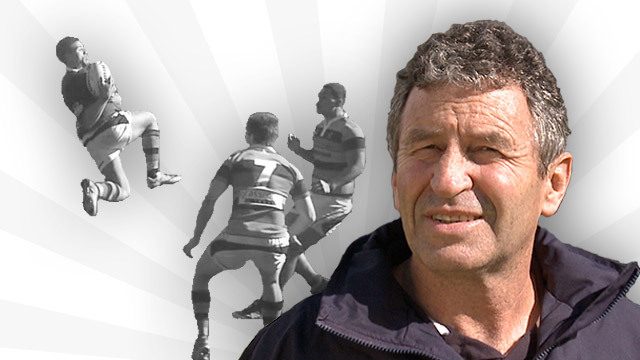How to deal with the rush hour in the red zone
Shaun Edwards has been the most dominant defensive coaching personality in professional ranks for the last 20 years. Firstly, with his club Wasps, then with Wales for over 11 years between 2008 and 2019.
It is no coincidence that the recent upswing in France’s international fortunes have coincided with Edwards’ arrival as their ‘minister of defence’. He has preached his gospel, and his new charges have listened. The win over World Cup finalists England in the first round of the 2020 Six Nations told you everything you need to know about the immediate impact of ‘the Shaun Edwards effect’.
Edwards coaches a rush defence, a pattern in which defenders look to remain on the outside shoulder of their opponents and hit from the blind-side of the attacker with force, in order to create a turnover situation.
Edwards’ red zone defence is particularly tough and uncompromising. With few or no defenders allocated to the backfield, his people go hunting – looking to make powerful hits and dislodge the ball.
Two examples, five years apart, illustrate just how tough Edwards’ defence can be close to its own goal-line – and also how it can be beaten.
The first scenario comes from Australia’s 2015 end-of-year tour match in Cardiff, when Shaun Edwards was the Wales defence coach. The start-point is a Wallaby lineout only five metres from the Welsh goal-line:
This four-phase sequence contains two coruscating hits by Welsh defenders, the first by left wing on George North on Wallaby centre Adam Ashley-Cooper at 36:02 on first phase, the second (by hooker Richard Hibbard) on number 8 Ben Mowen at 36:13 on third.
Although Australia eventually score a try when Israel Folau wins a collision with Wales scrum-half Mike Phillips at 36:16, in fact the Welsh system has done its job. It has put a big man (Phillips is 6’3 and 105 kilos) on a big attacker, and the tackle is there to be made. For a defensive coach, this would be categorised as a failure in individual technique, rather than as a system break-down.
The salient features of Edwards’ coaching are there on first and third phase in the hits by North and Hibbard:
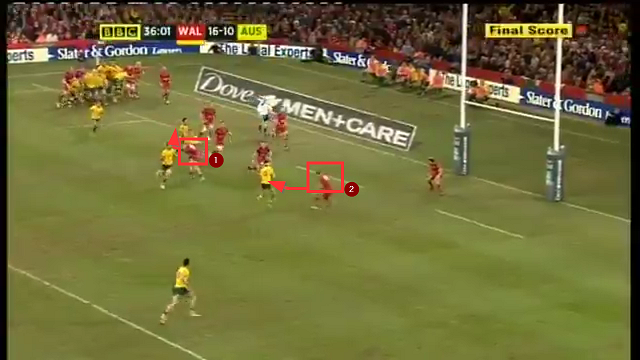
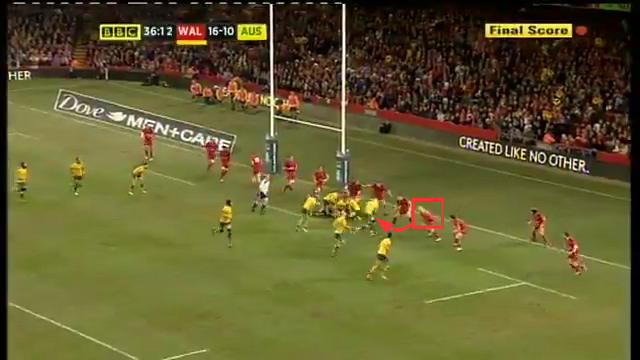
On first phase, both the Wales 13 and 11 are angling in from the outside shoulder of the attacker. When North hits with Ashley-Cooper, he makes contact on the blind-side of square, in the ball-carrier’s most vulnerable area.
Richard Hibbard is set up with his outside foot ahead of his inside foot, and looking to make the tackle slightly before the runner has turned to meet the challenge front on.
Both hits could easily have resulted in a loss of control – either in the tackle itself, or at the subsequent breakdown.
At the same time, second phase hints at how this type of defence can be unlocked, with a scoot by Wallaby scrum-half Will Genia momentarily overloading the Welsh defender nearest the ruck:
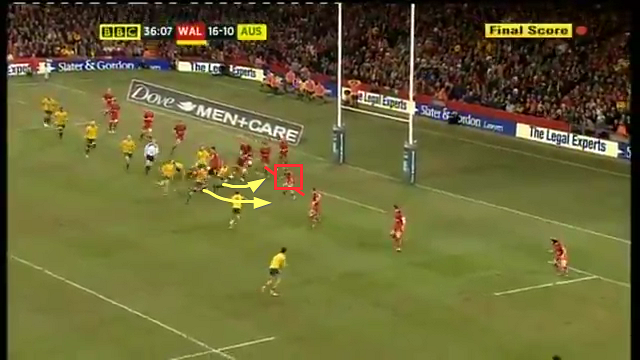
The defender cannot advance and make dominant tackle because he has to be mindful of the spaces on both sides of him, and that keeps him passive. Store this information for reference to the next example.
Let’s fast forward to the recent game between Edwards’ old charges in red, and his new students in blue at the Stade de France.
Wales scored as early as the first minute, from an attacking lineout close to the French goal-line:
Many of the characteristics from the Australian game back in 2015 are present. The France number 11 hits the Wales outside centre on the first play, with his outside foot up and looking to blind-side the runner as he receives the pass:
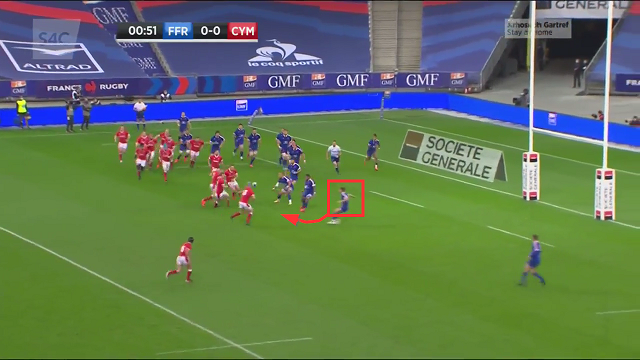
On 2nd phase, the France second row Bernard le Roux is already stepping out of the line à la Hibbard, looking to make a decisive hit on the forward opposite him, Wales number 7 Justin Tipuric:
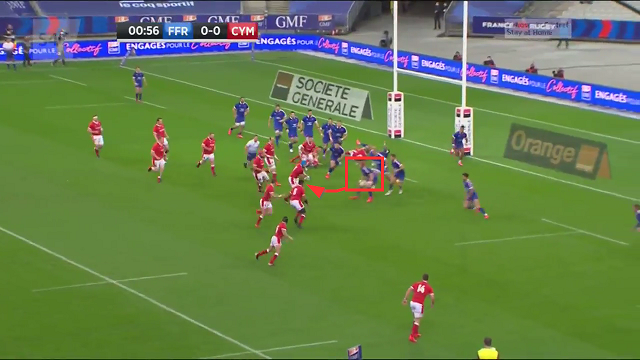
The problem for France is that Tipuric has no intention of carrying the ball into contact. The ball passes through his hands immediately, with the idea of bypassing le Roux and overloading the defender outside him:
The presence of two attackers forces the defender to stick rather than twist, and look to both sides rather than step forward into the breach:
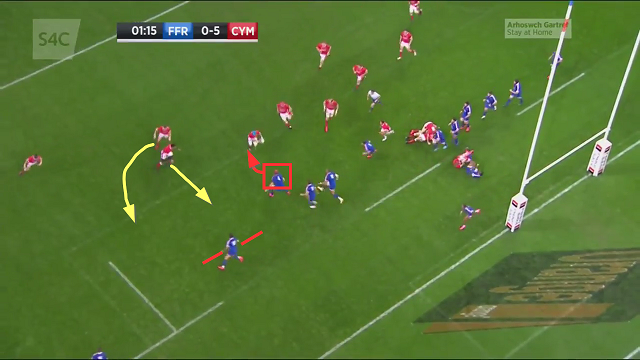
When he does finally advance it is into no man’s land, and Wales outside-half Dan Biggar has already run around the pass to create an easy try for Leigh Halfpenny on the right.
Defences like Shaun Edwards’ are at their fiercest in the red zone. There is no backfield to protect and defenders will identify likely ball-carriers and tee off on them from the blind-side, to maximize the chance of a turnover. Attacking teams need to use some finesse in these situations, draw the rush and play in the spaces around it, because they will not win too many collisions!
